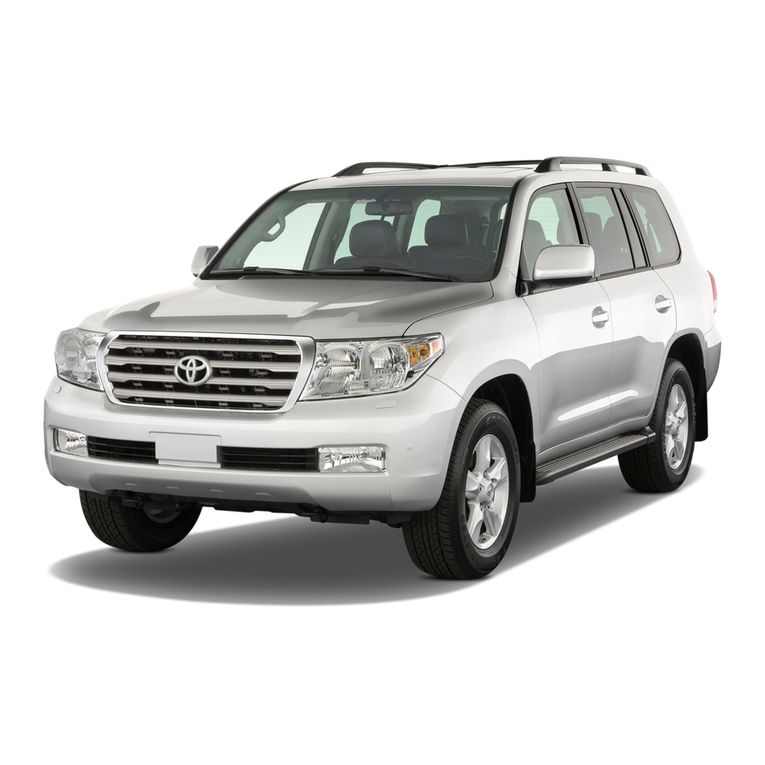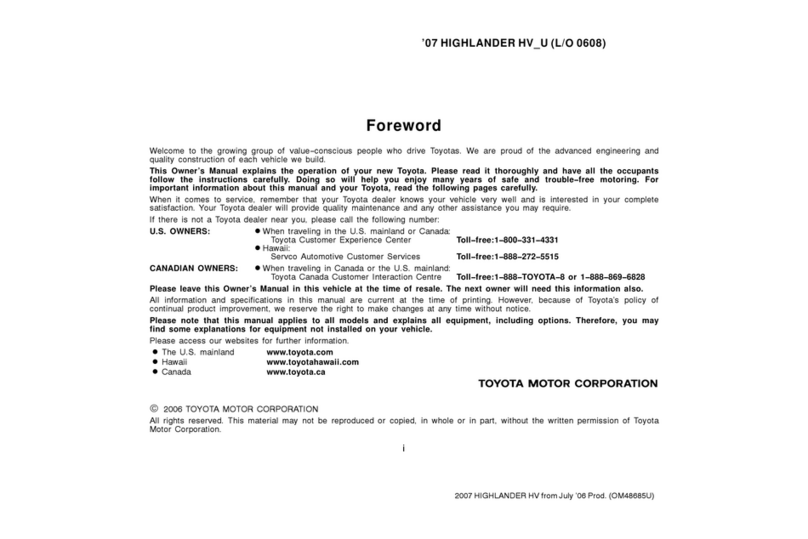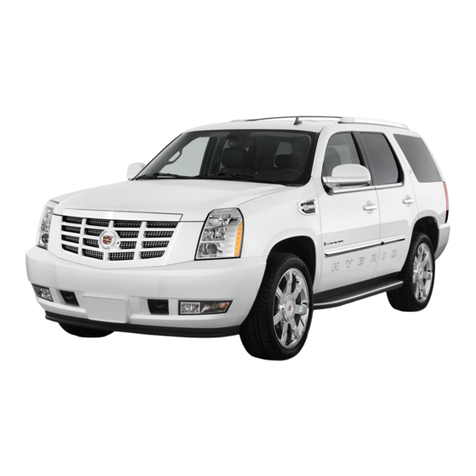Toyota Tacoma 1996 User manual
Other Toyota Automobile manuals

Toyota
Toyota Prius C 2013 User manual

Toyota
Toyota Celica 1997 User manual

Toyota
Toyota ZZW30 Series Operating instructions

Toyota
Toyota 2008 Land Cruiser Operating manual
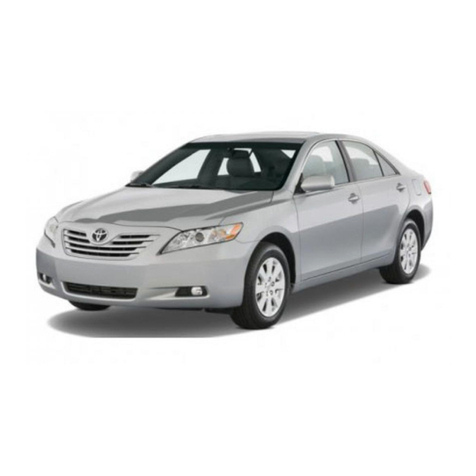
Toyota
Toyota CAMRY 2007 User manual

Toyota
Toyota 4RUNNER 2010 User manual
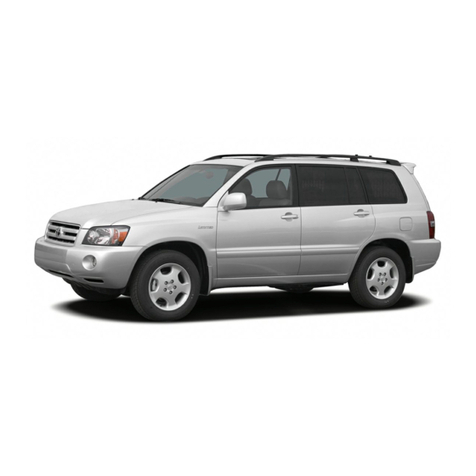
Toyota
Toyota 2007 Highlander User manual
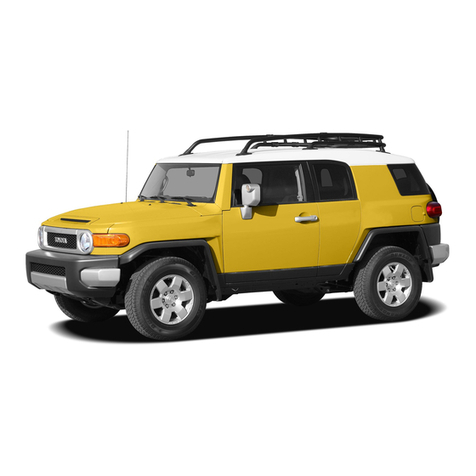
Toyota
Toyota FJ cruiser User manual

Toyota
Toyota 4Runner 2019 User manual

Toyota
Toyota HIGHLANDER 2010 User manual

Toyota
Toyota Prius HSD 2006 User manual
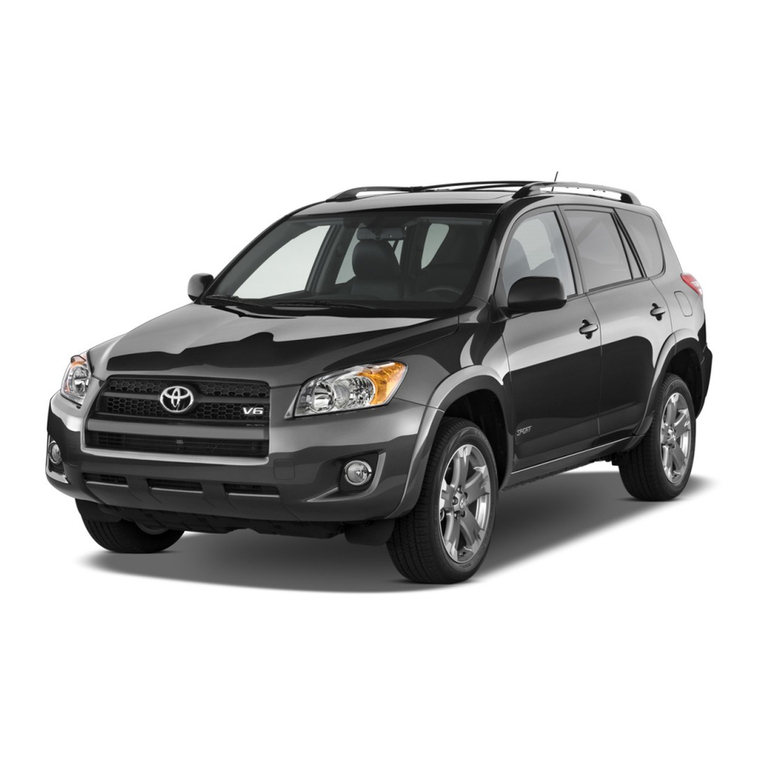
Toyota
Toyota RAV4 2009 Specification sheet
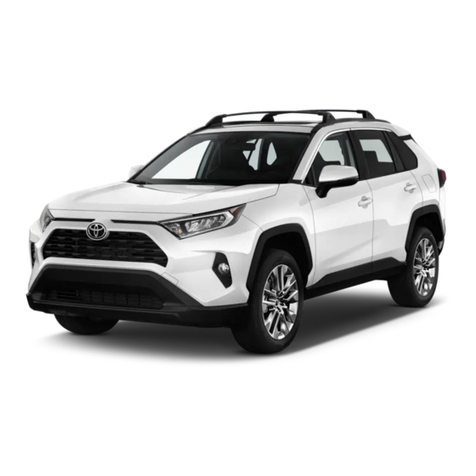
Toyota
Toyota RAV 4 2019 User manual
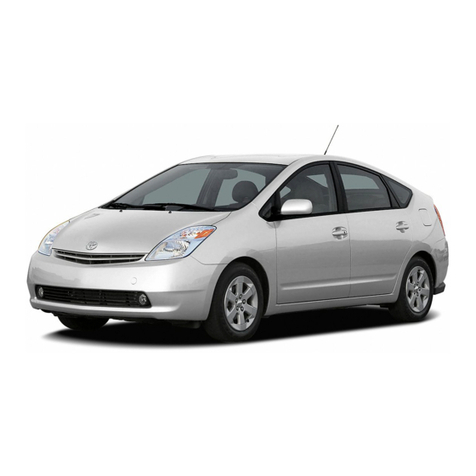
Toyota
Toyota Prius 2007 User manual

Toyota
Toyota VELLFIRE 2010 User manual

Toyota
Toyota 2013 Land Cruiser User manual

Toyota
Toyota Camry Hybrid User manual

Toyota
Toyota Celica Supra 1982 Quick start guide

Toyota
Toyota 2015 Venza User manual

Toyota
Toyota 2012 CAMRY LE User manual


